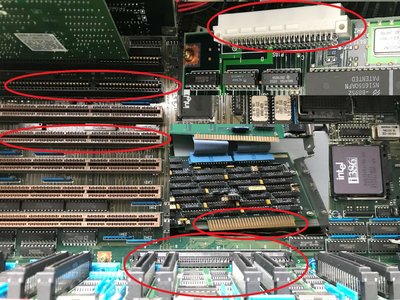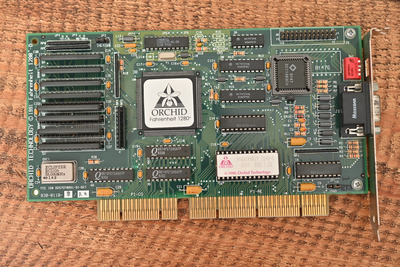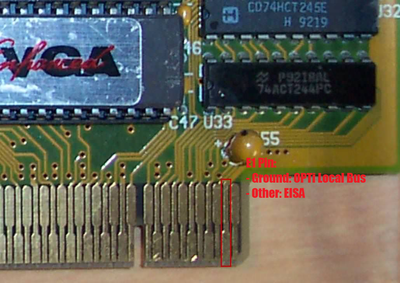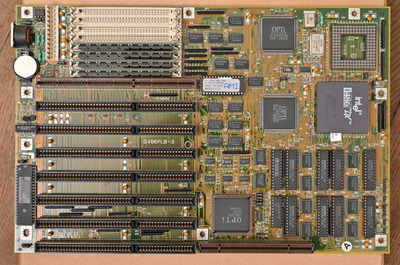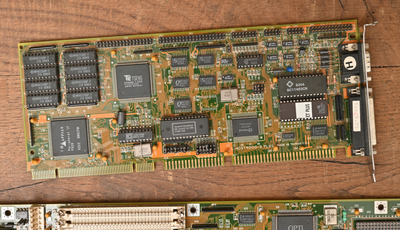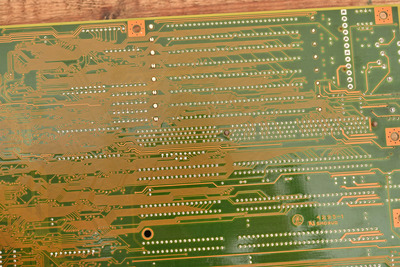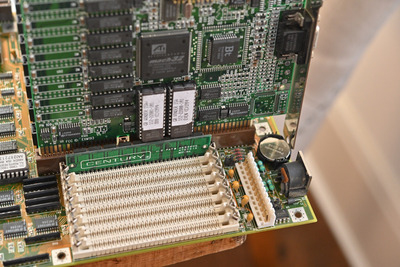Reply 20 of 47, by 386_junkie
- Rank
- Oldbie
Oaft!... some crazy bus systems here, some I never even knew existed. Good to put that FX3000 bus to bed... had been looking for an answer to that one for a while now.
Having said, I've practically had my own learning experiences lately with proprietary bus systems with an EISA 386 NEC system I recently picked up. Not only does it have ISA/EISA... but it comes with an NEC proprietary RAM bus slot / connector thingy, and another for general I/O, and another extra long extended 8-bit ISA connector for (powering?) a storage I/O card. When opening her up, I couldn't believe all the bus action happening... all in the one box.
